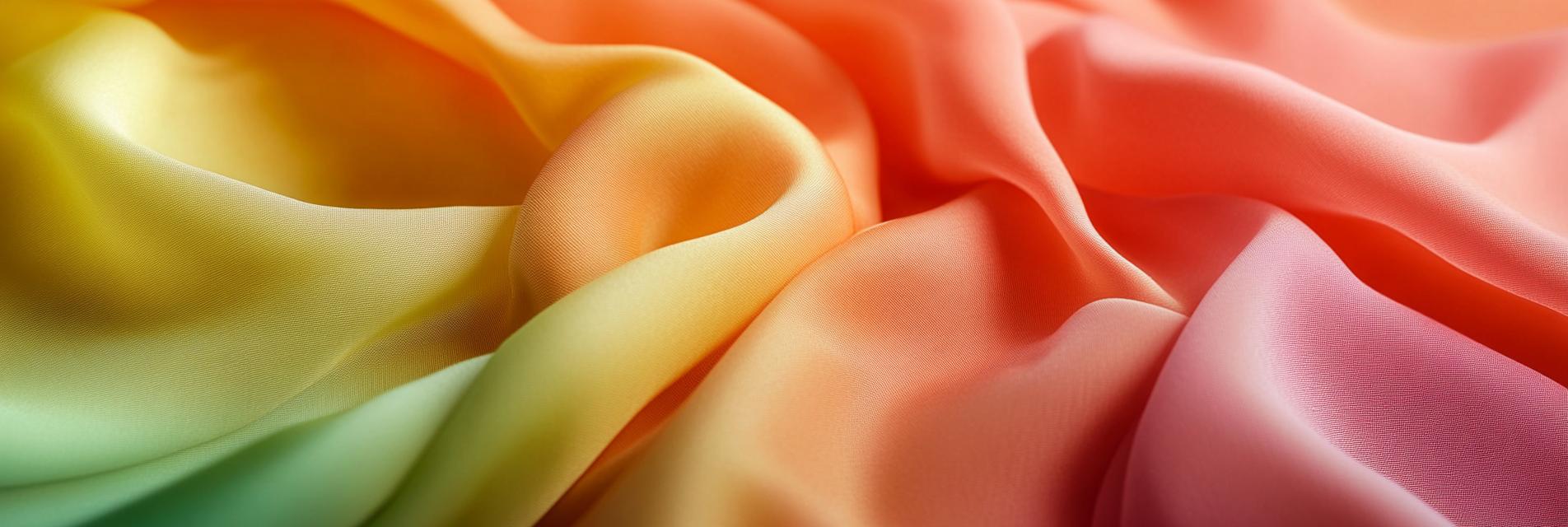In recent years, the push for sustainable materials in the textile industry has brought Modal fiber into the spotlight. As a natural cellulose fiber made from beech tree pulp, Modal offers a unique blend of comfort and environmental benefits. In this article, I will explore the key advantages of Modal fiber fabric, its widespread applications, and why it is becoming a preferred choice for consumers and manufacturers.
One of the standout features of Modal fiber is its exceptional softness. This luxurious feel makes it a favorite for clothing items such as t-shirts, pajamas, and lingerie. In addition to its softness, Modal is also known for its excellent breathability. This property allows moisture to escape, keeping the wearer comfortable even in warmer conditions.

Environmental sustainability is more than a trend; it’s a necessary shift in how we produce and consume textiles. Modal is produced through a more sustainable process than many other fabrics, using less water and energy while providing a similar or improved quality. Additionally, the production of Modal fiber utilizes renewable trees and can be fully biodegradable, making it a step forward in reducing textile waste.
Modal is widely used across various applications, from everyday apparel to luxury home textiles. You will find Modal materials in products such as bed linens, towels, and activewear. Its versatility allows it to blend well with other fibers, enhancing the overall quality and comfort of the finished product. This adaptability makes Modal fiber an invaluable asset in modern textile manufacturing.
In conclusion, Modal fiber fabric represents a significant advancement in sustainable fashion and textile production. Its unique advantages, coupled with its environmentally friendly properties, make it an attractive option for consumers and manufacturers alike. As we continue to prioritize sustainability in our choices, Modal fiber stands out as a material that not only feels great but also contributes positively to our planet.
